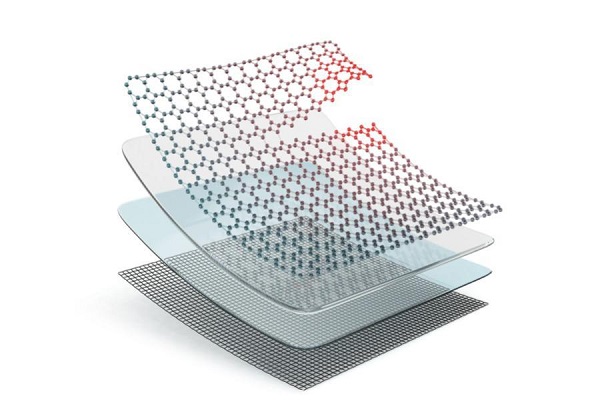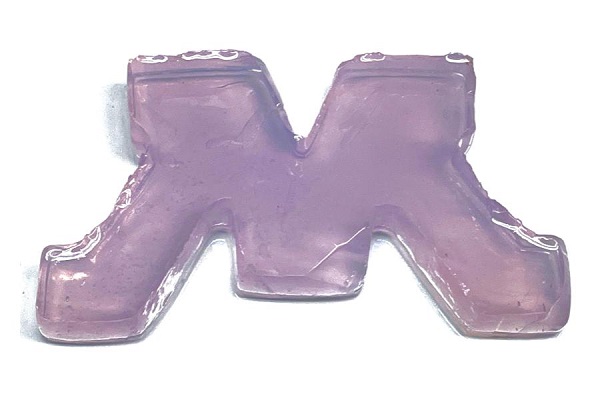Some engineered living materials can combine the strength of run-of-the-mill building materials with the responsiveness of living systems. Think self-healing concrete, paint that changes color when a specific chemical is detected or material that could reproduce and fill in a crack when one forms. This would revolutionize construction and maintenance, with wide-reaching economic and environmental implications.
Seeing this new category of adaptive materials on consumer shelves may be a ways off. Still, critical early research from the University of Minnesota sheds new light on this exciting advancement, which shows promise beyond building materials, including biomedical applications.
In a new study in Nature Communications, researchers from the College of Biological Sciences demonstrate how to transform silica — a common material used in plaster and other construction materials — into a self-assembling, dynamic and resilient material.

3D illustration of self-healing material.
Currently, the majority of engineered living materials rely on adding a living component into a material. While this additive-approach has benefits, it falls short of the aspirational material — a product that grows, self-organizes, and heals itself. Other researchers were able to engineer a bacteria to produce the target material, but it could only survive in ideal lab conditions. That wouldn’t cut it in real-world applications.
Researchers, led by Claudia Schmidt-Dannert, a Distinguished McKnight Professor in the Department of Biochemistry, Molecular Biology and Biophysics, used a well-studied and benign bacteria, Bacillus subtilis, which goes dormant in unfavorable conditions and springs to life when conditions are favorable for growth. This trait made it a strong candidate as future products would eventually need to be shelf stable and easily activated. The research team then engineered the bacteria and studied the optimal approach to integrate it into the silica structure.
“The first time we saw that the bacteria and the silica were cross-linking and forming a rigid material was pivotal. At that moment, we knew it was working,” says Schmidt-Dannert.
The findings provide a framework for designing novel engineered living materials for coatings and plasters, key building materials.

*This is not jello.* This block M is composed of engineered bacteria and silica — a material commonly used in plaster — cross-linking together. The purple tint is a protein produced by the bacteria. If the M was damaged, researchers could add nutrients and any cracks would self-heal.
Schmidt-Dannert’s research team is beginning to look at new starting materials. “We’re now interested in going beyond silica, using different cells — maybe even multiple cell types — to develop novel engineered living materials for a range of applications.”
Read the original article on University of Minnesota.







